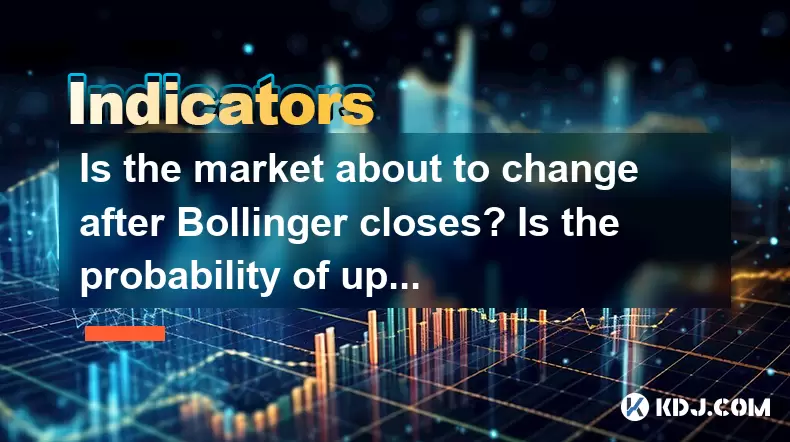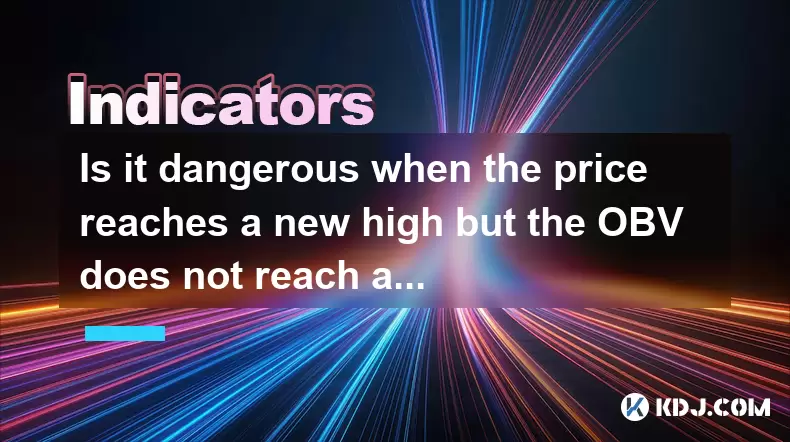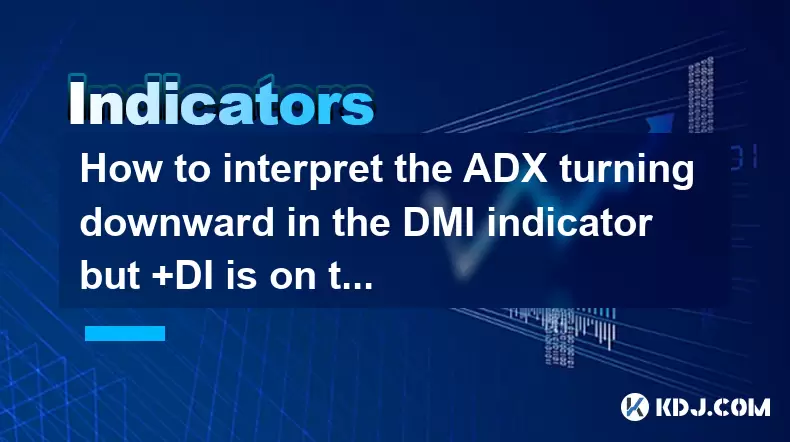-
 Bitcoin
Bitcoin $106,754.6083
1.33% -
 Ethereum
Ethereum $2,625.8249
3.80% -
 Tether USDt
Tether USDt $1.0001
-0.03% -
 XRP
XRP $2.1891
1.67% -
 BNB
BNB $654.5220
0.66% -
 Solana
Solana $156.9428
7.28% -
 USDC
USDC $0.9998
0.00% -
 Dogecoin
Dogecoin $0.1780
1.14% -
 TRON
TRON $0.2706
-0.16% -
 Cardano
Cardano $0.6470
2.77% -
 Hyperliquid
Hyperliquid $44.6467
10.24% -
 Sui
Sui $3.1128
3.86% -
 Bitcoin Cash
Bitcoin Cash $455.7646
3.00% -
 Chainlink
Chainlink $13.6858
4.08% -
 UNUS SED LEO
UNUS SED LEO $9.2682
0.21% -
 Avalanche
Avalanche $19.7433
3.79% -
 Stellar
Stellar $0.2616
1.64% -
 Toncoin
Toncoin $3.0222
2.19% -
 Shiba Inu
Shiba Inu $0.0...01220
1.49% -
 Hedera
Hedera $0.1580
2.75% -
 Litecoin
Litecoin $87.4964
2.29% -
 Polkadot
Polkadot $3.8958
3.05% -
 Ethena USDe
Ethena USDe $1.0000
-0.04% -
 Monero
Monero $317.2263
0.26% -
 Bitget Token
Bitget Token $4.5985
1.68% -
 Dai
Dai $0.9999
0.00% -
 Pepe
Pepe $0.0...01140
2.44% -
 Uniswap
Uniswap $7.6065
5.29% -
 Pi
Pi $0.6042
-2.00% -
 Aave
Aave $289.6343
6.02%
Is the market about to change after Bollinger closes? Is the probability of upward breakthrough high?
Bollinger Band closures signal potential volatility changes in crypto markets, often leading to significant price movements; an upward breakthrough depends on various factors.
Jun 06, 2025 at 07:42 am

The cryptocurrency market is known for its volatility and unpredictability, and one of the tools traders use to gauge potential market movements is the Bollinger Band. When Bollinger Bands close, it often signals a significant change in market volatility, which can precede a major price movement. In this article, we will explore whether the market is about to change after Bollinger Bands close and the probability of an upward breakthrough.
Understanding Bollinger Bands
Bollinger Bands are a technical analysis tool developed by John Bollinger. They consist of a middle band, which is typically a simple moving average (SMA), and two outer bands that are standard deviations away from the middle band. The standard setting for Bollinger Bands is a 20-day SMA with the outer bands set at two standard deviations from the SMA.
The primary use of Bollinger Bands is to identify periods of high and low volatility. When the bands narrow (close), it indicates that the market is experiencing low volatility, which is often a precursor to a significant price movement. Conversely, when the bands widen, it suggests high volatility and potentially the end of a significant move.
What Does a Bollinger Band Closure Mean?
When Bollinger Bands close, it means that the outer bands have moved closer to the middle band, indicating a decrease in volatility. This phenomenon is often referred to as the "Bollinger Band Squeeze." Historically, a Bollinger Band Squeeze has been followed by a sharp increase in volatility and a significant price movement in either direction.
The key question for traders is whether this movement will be upward or downward. The direction of the breakout is not predictable solely based on the Bollinger Band closure. However, traders often look at other technical indicators and market sentiment to gauge the likelihood of an upward breakthrough.
Factors Influencing the Probability of an Upward Breakthrough
Several factors can influence the probability of an upward breakthrough after a Bollinger Band closure. These include:
- Market Sentiment: Positive news or developments in the cryptocurrency space can increase the likelihood of an upward move. For example, announcements of new partnerships, regulatory clarity, or technological advancements can boost investor confidence.
- Technical Indicators: Other technical indicators, such as the Relative Strength Index (RSI) or Moving Average Convergence Divergence (MACD), can provide additional insights. An RSI that is not overbought and a bullish MACD crossover can support the case for an upward breakthrough.
- Volume: A significant increase in trading volume during the breakout can confirm the strength of the move. Higher volume suggests more market participants are involved in the upward movement.
- Historical Patterns: Analyzing past instances of Bollinger Band closures can provide insights into the typical outcomes. If historical data shows a higher frequency of upward breakouts after a squeeze, it could increase the probability of a similar outcome.
How to Trade a Bollinger Band Closure
Trading a Bollinger Band closure involves a few key steps to maximize the potential for profit while managing risk. Here is a detailed guide on how to approach this scenario:
- Identify the Squeeze: Use a charting platform to monitor Bollinger Bands on your chosen cryptocurrency. Look for the outer bands to start moving closer to the middle band, indicating a squeeze.
- Confirm with Other Indicators: Before entering a trade, confirm the potential breakout direction with other technical indicators. For example, check if the RSI is below 70 (not overbought) and if the MACD is showing a bullish crossover.
- Set Entry Points: Once the squeeze is confirmed, set entry points for the potential breakout. Some traders enter the market immediately after the breakout, while others wait for a retest of the breakout level to confirm its strength.
- Manage Risk: Use stop-loss orders to manage risk. Place the stop-loss just below the breakout level for an upward move to limit potential losses if the breakout fails.
- Monitor Volume: Keep an eye on trading volume during the breakout. A significant increase in volume can confirm the strength of the move and increase the probability of a sustained upward trend.
- Take Profits: Set profit targets based on historical price levels or resistance zones. Some traders take partial profits at different levels to lock in gains while allowing the rest of the position to run.
Case Studies of Bollinger Band Closures in Cryptocurrency
To better understand how Bollinger Band closures can impact the cryptocurrency market, let's look at a few case studies:
- Bitcoin in 2020: In early 2020, Bitcoin experienced a Bollinger Band squeeze, followed by a significant upward breakout. The squeeze was confirmed by a bullish MACD crossover and increasing trading volume. Bitcoin went on to rally from around $7,000 to over $10,000 in a short period.
- Ethereum in 2021: Ethereum saw a Bollinger Band squeeze in mid-2021, which was followed by a sharp upward move. The breakout was supported by positive news about Ethereum 2.0 and increased institutional interest. Ethereum's price surged from around $2,000 to over $4,000.
- Altcoins and Bollinger Bands: Many altcoins also experience Bollinger Band squeezes and subsequent breakouts. For example, Cardano (ADA) had a notable squeeze in late 2020, followed by a significant upward move from around $0.10 to over $1.00.
Conclusion on the Probability of an Upward Breakthrough
While a Bollinger Band closure indicates a potential change in market volatility and a significant price movement, the direction of the breakout is not guaranteed. The probability of an upward breakthrough can be influenced by market sentiment, other technical indicators, trading volume, and historical patterns.
Traders should use a combination of these factors to assess the likelihood of an upward move and develop a well-rounded trading strategy. By carefully analyzing the market and managing risk, traders can position themselves to take advantage of potential upward breakouts following a Bollinger Band closure.
Frequently Asked Questions
Q: Can Bollinger Bands be used effectively for all cryptocurrencies?
A: Bollinger Bands can be applied to any cryptocurrency, but their effectiveness may vary depending on the specific market dynamics and liquidity of the asset. More liquid cryptocurrencies like Bitcoin and Ethereum tend to have more reliable signals from Bollinger Bands compared to less liquid altcoins.
Q: How often do Bollinger Band squeezes occur in the cryptocurrency market?
A: Bollinger Band squeezes can occur frequently in the cryptocurrency market due to its high volatility. However, the frequency can vary depending on the time frame being analyzed. On shorter time frames, squeezes may occur more often, while on longer time frames, they may be less frequent but potentially more significant.
Q: Are there any other technical indicators that work well in conjunction with Bollinger Bands?
A: Yes, several other technical indicators can complement Bollinger Bands. Some of the most commonly used include the Relative Strength Index (RSI), Moving Average Convergence Divergence (MACD), and the Average Directional Index (ADX). These indicators can help confirm potential breakouts and provide additional insights into market momentum and trend strength.
Q: How can traders prepare for a Bollinger Band closure?
A: Traders can prepare for a Bollinger Band closure by monitoring their chosen cryptocurrencies for signs of a squeeze, staying informed about market sentiment and news, and setting up a trading plan that includes entry points, stop-loss levels, and profit targets. Additionally, traders should ensure they have a clear understanding of other technical indicators that can be used to confirm potential breakouts.
Disclaimer:info@kdj.com
The information provided is not trading advice. kdj.com does not assume any responsibility for any investments made based on the information provided in this article. Cryptocurrencies are highly volatile and it is highly recommended that you invest with caution after thorough research!
If you believe that the content used on this website infringes your copyright, please contact us immediately (info@kdj.com) and we will delete it promptly.
- 2025-W Uncirculated American Gold Eagle and Dr. Vera Rubin Quarter Mark New Products
- 2025-06-13 06:25:13
- Ruvi AI (RVU) Leverages Blockchain and Artificial Intelligence to Disrupt Marketing, Entertainment, and Finance
- 2025-06-13 07:05:12
- H100 Group AB Raises 101 Million SEK (Approximately $10.6 Million) to Bolster Bitcoin Reserves
- 2025-06-13 06:25:13
- Galaxy Digital CEO Mike Novogratz Says Bitcoin Will Replace Gold and Go to $1,000,000
- 2025-06-13 06:45:13
- Trust Wallet Token (TWT) Price Drops 5.7% as RWA Integration Plans Ignite Excitement
- 2025-06-13 06:45:13
- Ethereum (ETH) Is in the Second Phase of a Three-Stage Market Cycle
- 2025-06-13 07:25:13
Related knowledge

How to interpret the low opening the next day after the long lower shadow hits the bottom?
Jun 18,2025 at 12:22am
Understanding the Long Lower Shadow Candlestick PatternIn technical analysis, a long lower shadow candlestick is often seen as a potential reversal signal in a downtrend. This pattern occurs when the price opens, trades significantly lower during the session, but then recovers to close near the opening price or slightly above. The long wick at the botto...

How to operate the RSI indicator repeatedly in the 40-60 range?
Jun 18,2025 at 12:56am
Understanding the RSI Indicator and Its RelevanceThe Relative Strength Index (RSI) is a momentum oscillator widely used in cryptocurrency trading to measure the speed and change of price movements. Typically, the RSI ranges from 0 to 100, with levels above 70 considered overbought and below 30 considered oversold. However, when the RSI repeatedly stays ...

Why is the volume ratio suddenly enlarged three times but the price fluctuation is small?
Jun 18,2025 at 04:42am
Understanding the Relationship Between Trading Volume and Price MovementIn the world of cryptocurrency trading, volume is a crucial metric that reflects the number of assets traded within a specific time frame. It often serves as an indicator of market interest and liquidity. However, there are instances where trading volume surges dramatically—sometime...

How strong is the MACD golden cross below the zero axis?
Jun 17,2025 at 11:00pm
Understanding the MACD Indicator in Cryptocurrency TradingThe Moving Average Convergence Divergence (MACD) is one of the most widely used technical indicators among cryptocurrency traders. It helps identify potential trend reversals, momentum shifts, and entry or exit points. The MACD consists of three main components: the MACD line, the signal line, an...

Is it dangerous when the price reaches a new high but the OBV does not reach a new high?
Jun 18,2025 at 06:14am
Understanding On-Balance Volume (OBV) in Cryptocurrency TradingIn the world of cryptocurrency trading, technical indicators play a crucial role in analyzing market behavior and predicting future price movements. One such widely used indicator is the On-Balance Volume (OBV), which helps traders assess the strength of buying or selling pressure behind pri...

How to interpret the ADX turning downward in the DMI indicator but +DI is on the top?
Jun 18,2025 at 08:01am
Understanding the Role of Decentralized Finance in Modern Cryptocurrency EcosystemsDecentralized Finance, commonly known as DeFi, has emerged as a cornerstone of the modern cryptocurrency ecosystem. Unlike traditional financial systems that rely on centralized intermediaries like banks and brokers, DeFi platforms operate on blockchain networks to offer ...

How to interpret the low opening the next day after the long lower shadow hits the bottom?
Jun 18,2025 at 12:22am
Understanding the Long Lower Shadow Candlestick PatternIn technical analysis, a long lower shadow candlestick is often seen as a potential reversal signal in a downtrend. This pattern occurs when the price opens, trades significantly lower during the session, but then recovers to close near the opening price or slightly above. The long wick at the botto...

How to operate the RSI indicator repeatedly in the 40-60 range?
Jun 18,2025 at 12:56am
Understanding the RSI Indicator and Its RelevanceThe Relative Strength Index (RSI) is a momentum oscillator widely used in cryptocurrency trading to measure the speed and change of price movements. Typically, the RSI ranges from 0 to 100, with levels above 70 considered overbought and below 30 considered oversold. However, when the RSI repeatedly stays ...

Why is the volume ratio suddenly enlarged three times but the price fluctuation is small?
Jun 18,2025 at 04:42am
Understanding the Relationship Between Trading Volume and Price MovementIn the world of cryptocurrency trading, volume is a crucial metric that reflects the number of assets traded within a specific time frame. It often serves as an indicator of market interest and liquidity. However, there are instances where trading volume surges dramatically—sometime...

How strong is the MACD golden cross below the zero axis?
Jun 17,2025 at 11:00pm
Understanding the MACD Indicator in Cryptocurrency TradingThe Moving Average Convergence Divergence (MACD) is one of the most widely used technical indicators among cryptocurrency traders. It helps identify potential trend reversals, momentum shifts, and entry or exit points. The MACD consists of three main components: the MACD line, the signal line, an...

Is it dangerous when the price reaches a new high but the OBV does not reach a new high?
Jun 18,2025 at 06:14am
Understanding On-Balance Volume (OBV) in Cryptocurrency TradingIn the world of cryptocurrency trading, technical indicators play a crucial role in analyzing market behavior and predicting future price movements. One such widely used indicator is the On-Balance Volume (OBV), which helps traders assess the strength of buying or selling pressure behind pri...

How to interpret the ADX turning downward in the DMI indicator but +DI is on the top?
Jun 18,2025 at 08:01am
Understanding the Role of Decentralized Finance in Modern Cryptocurrency EcosystemsDecentralized Finance, commonly known as DeFi, has emerged as a cornerstone of the modern cryptocurrency ecosystem. Unlike traditional financial systems that rely on centralized intermediaries like banks and brokers, DeFi platforms operate on blockchain networks to offer ...
See all articles

























































































